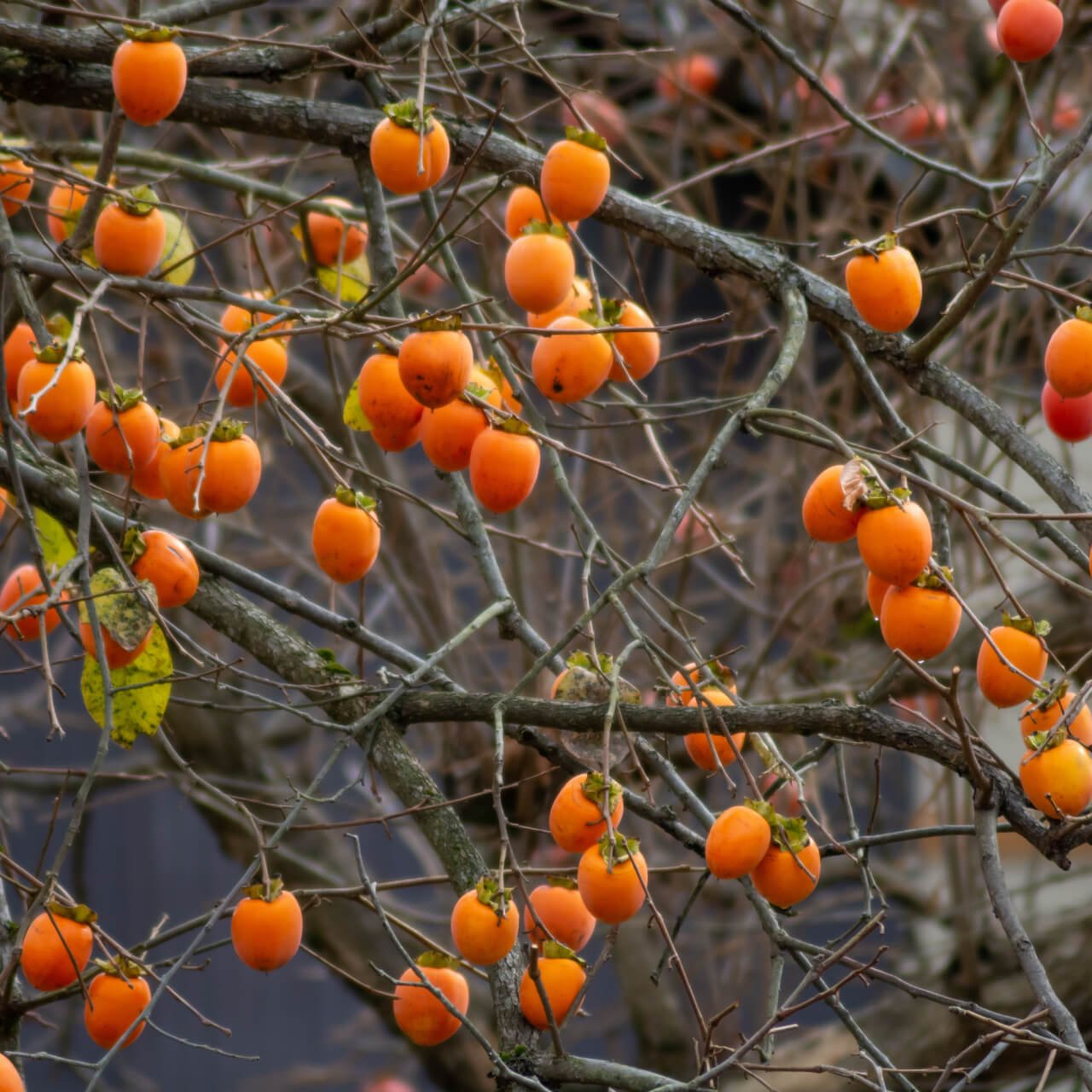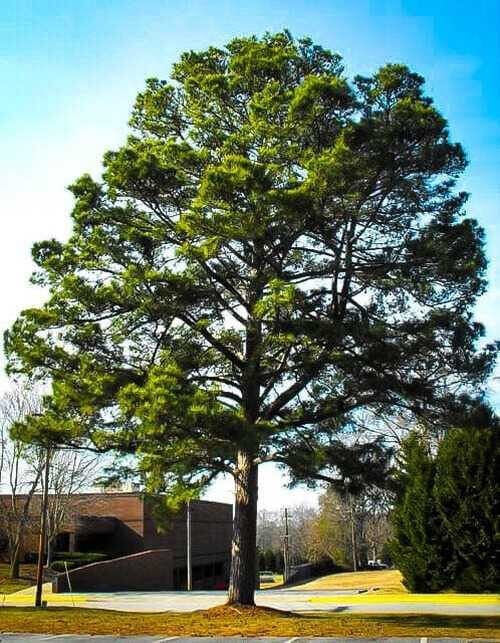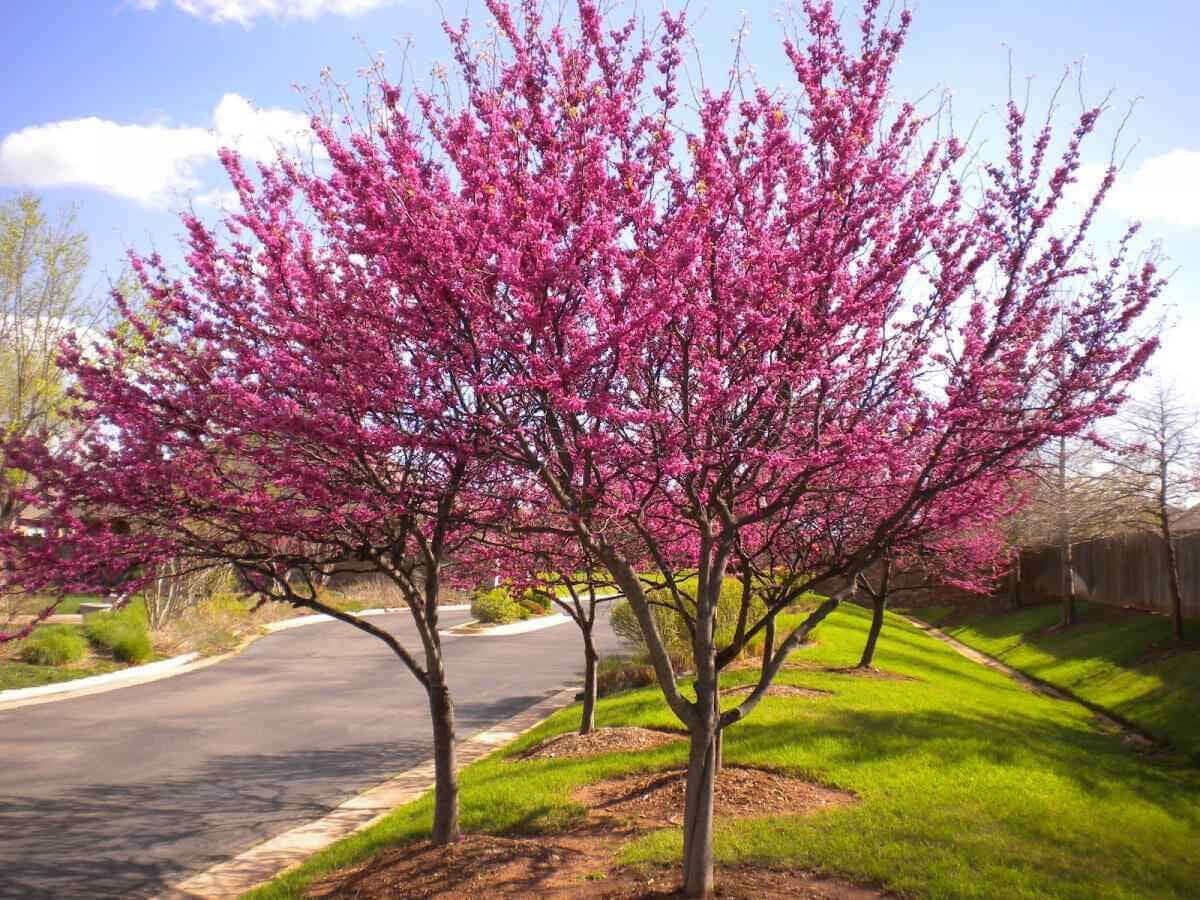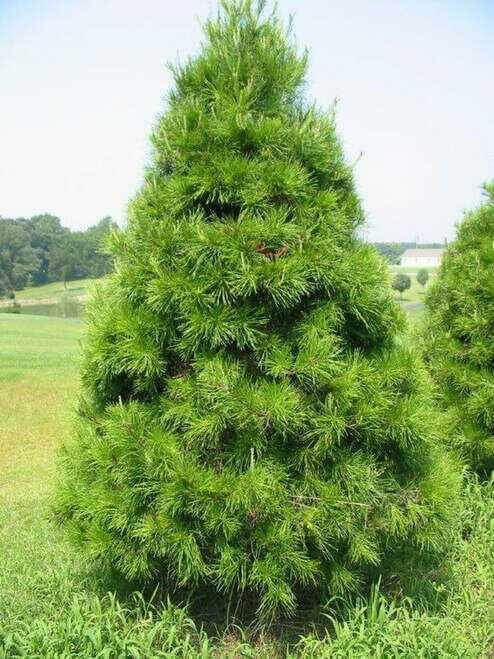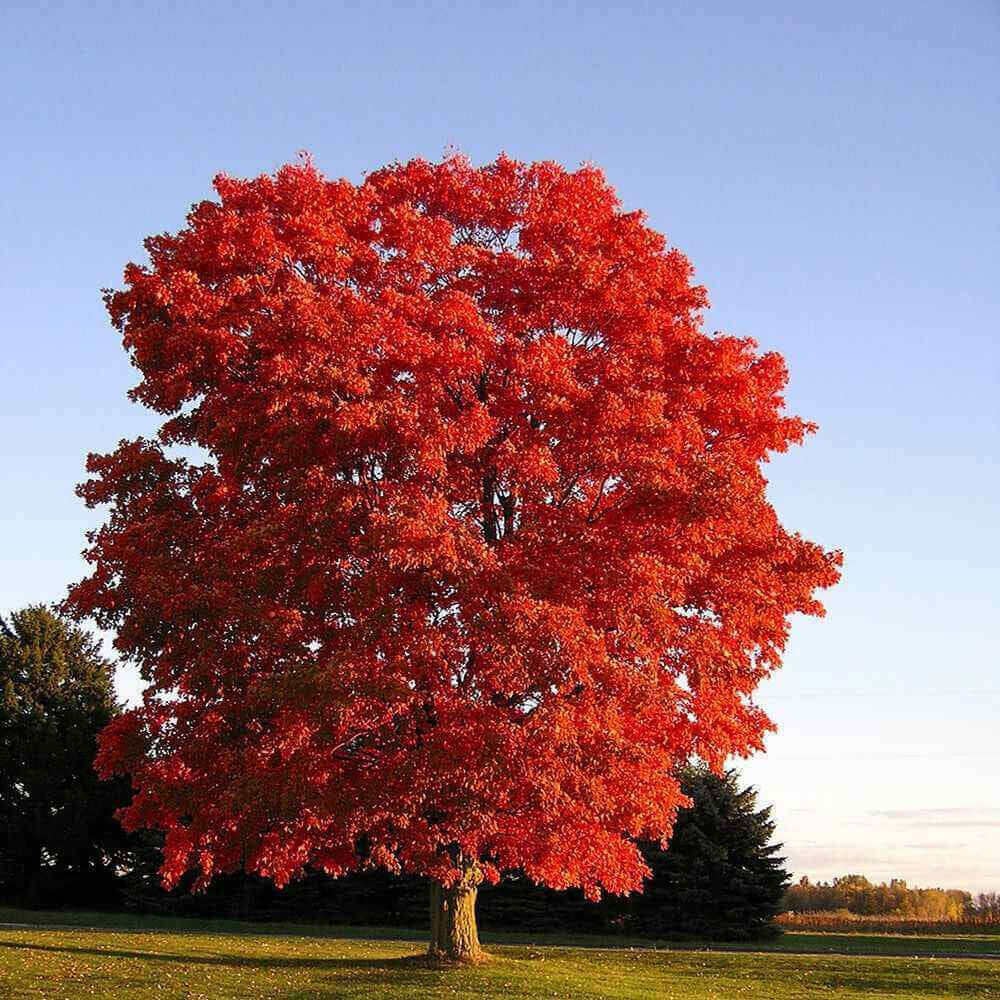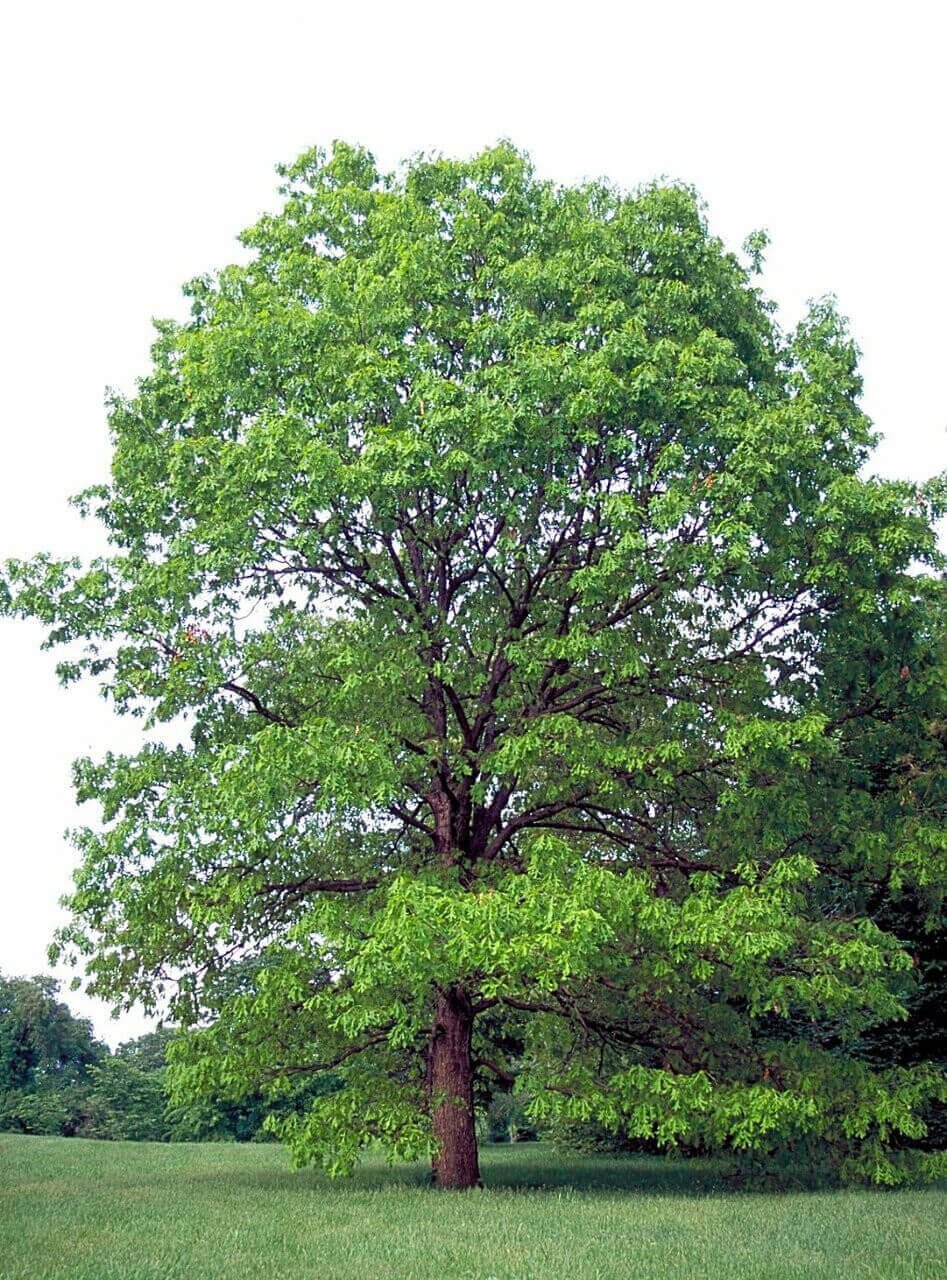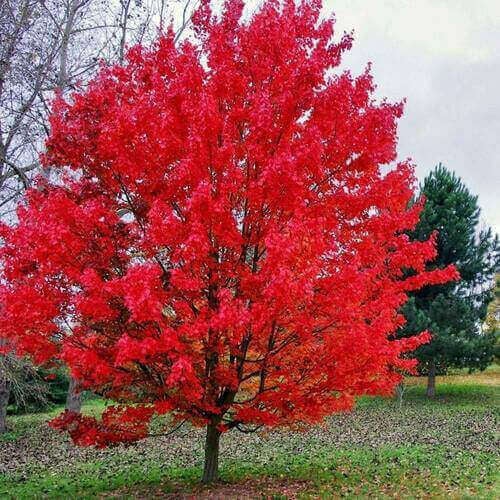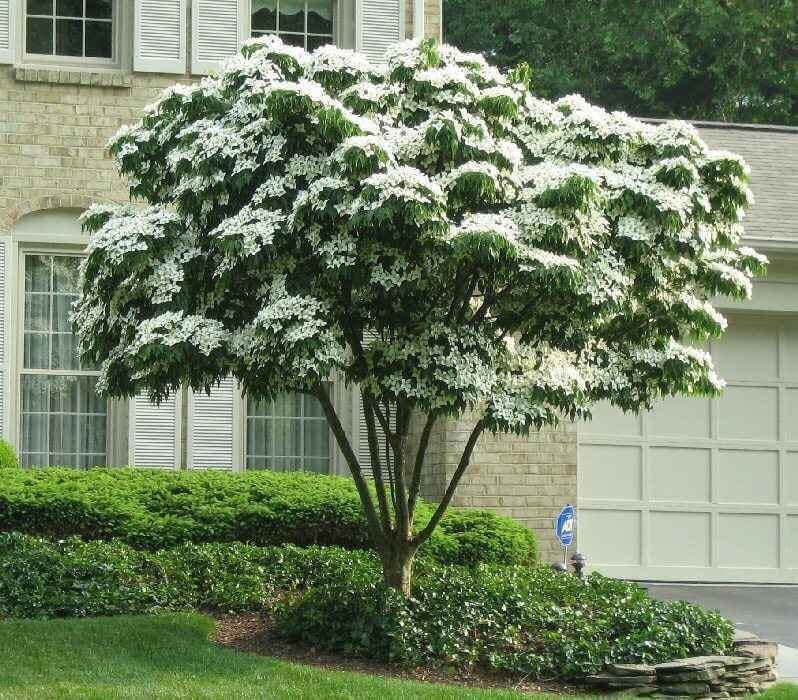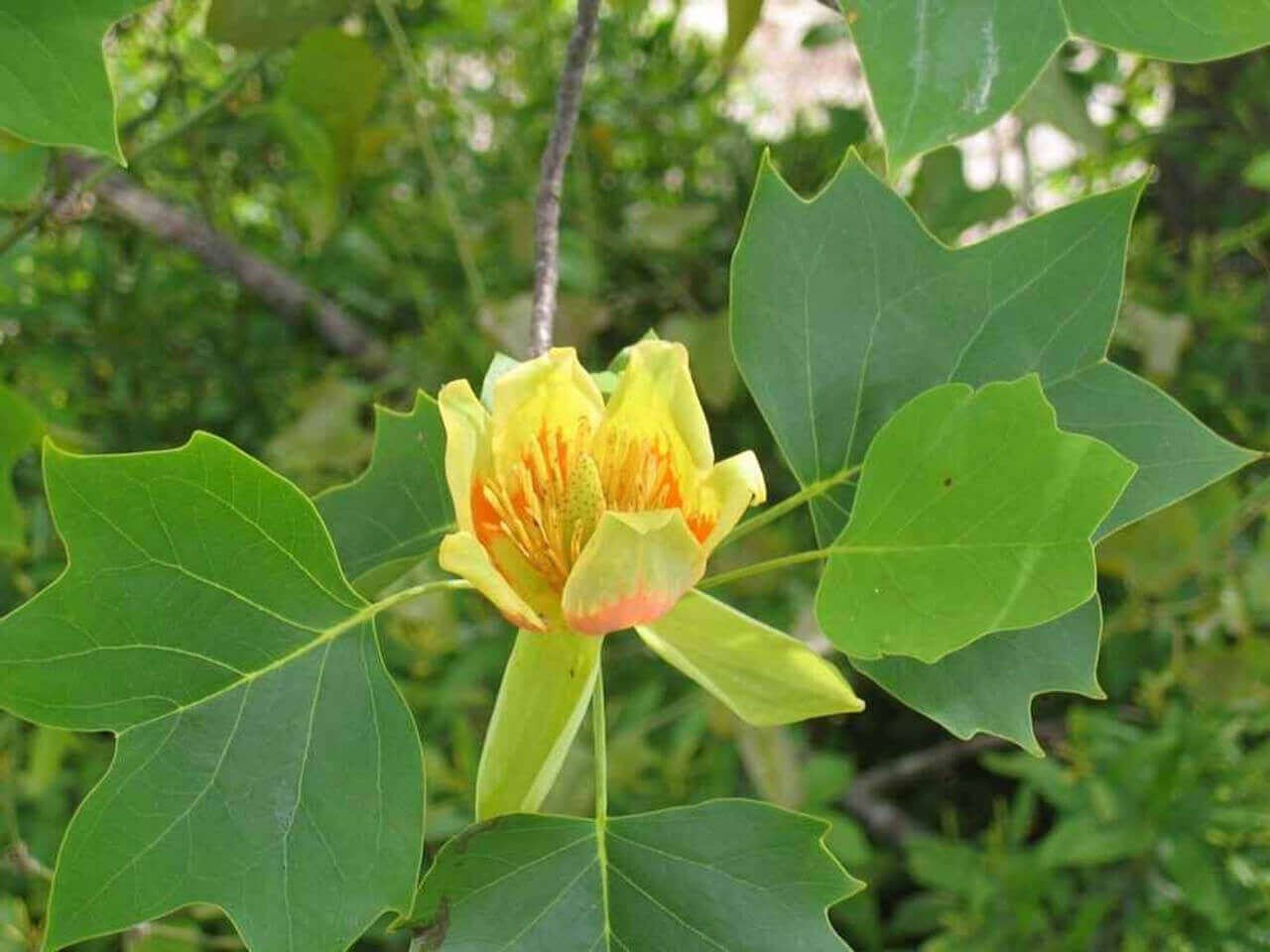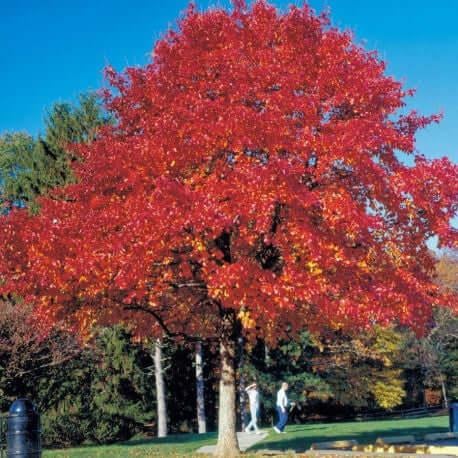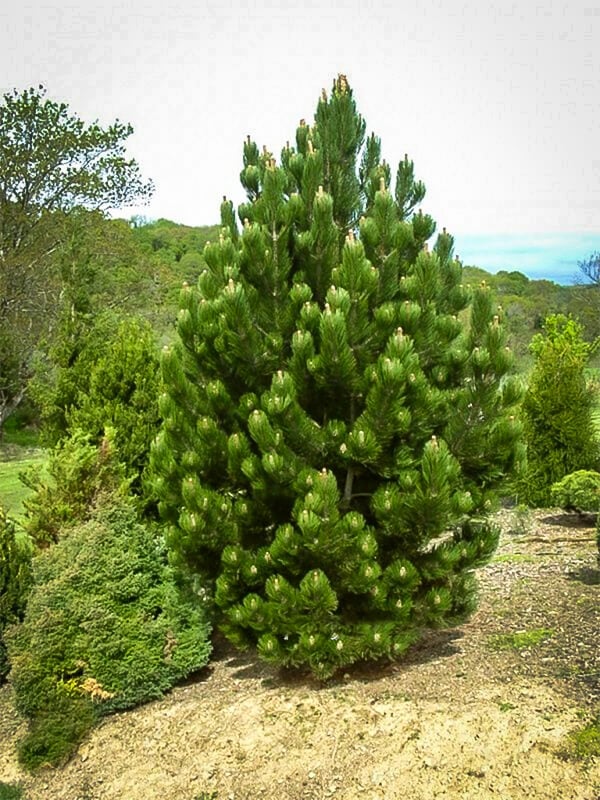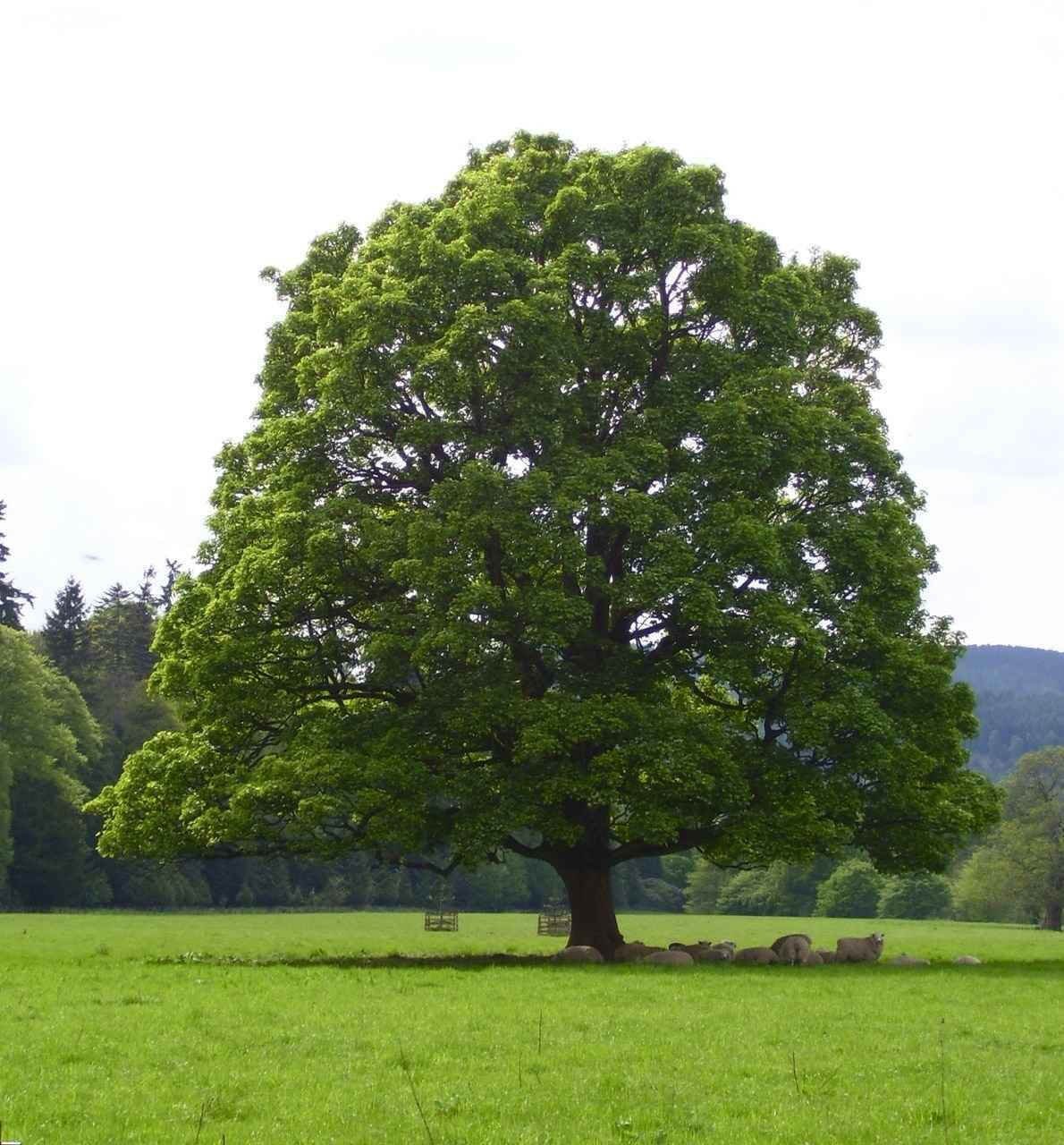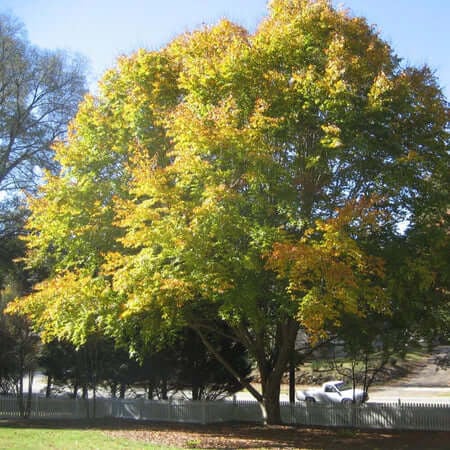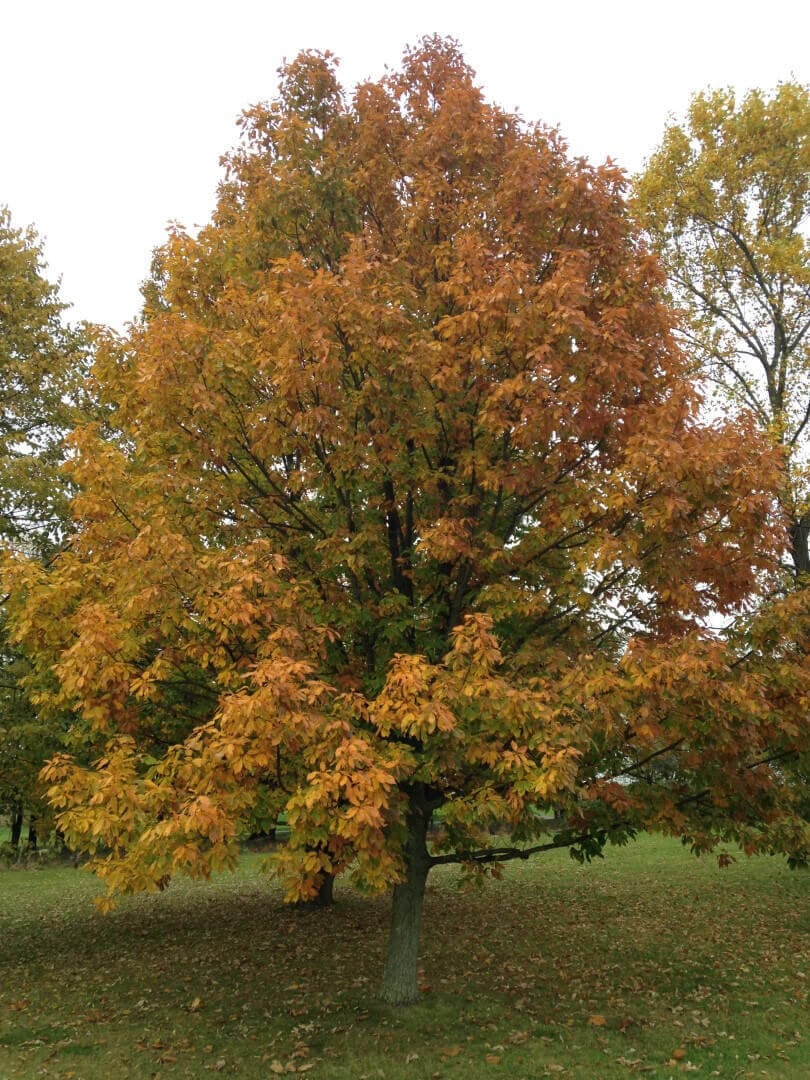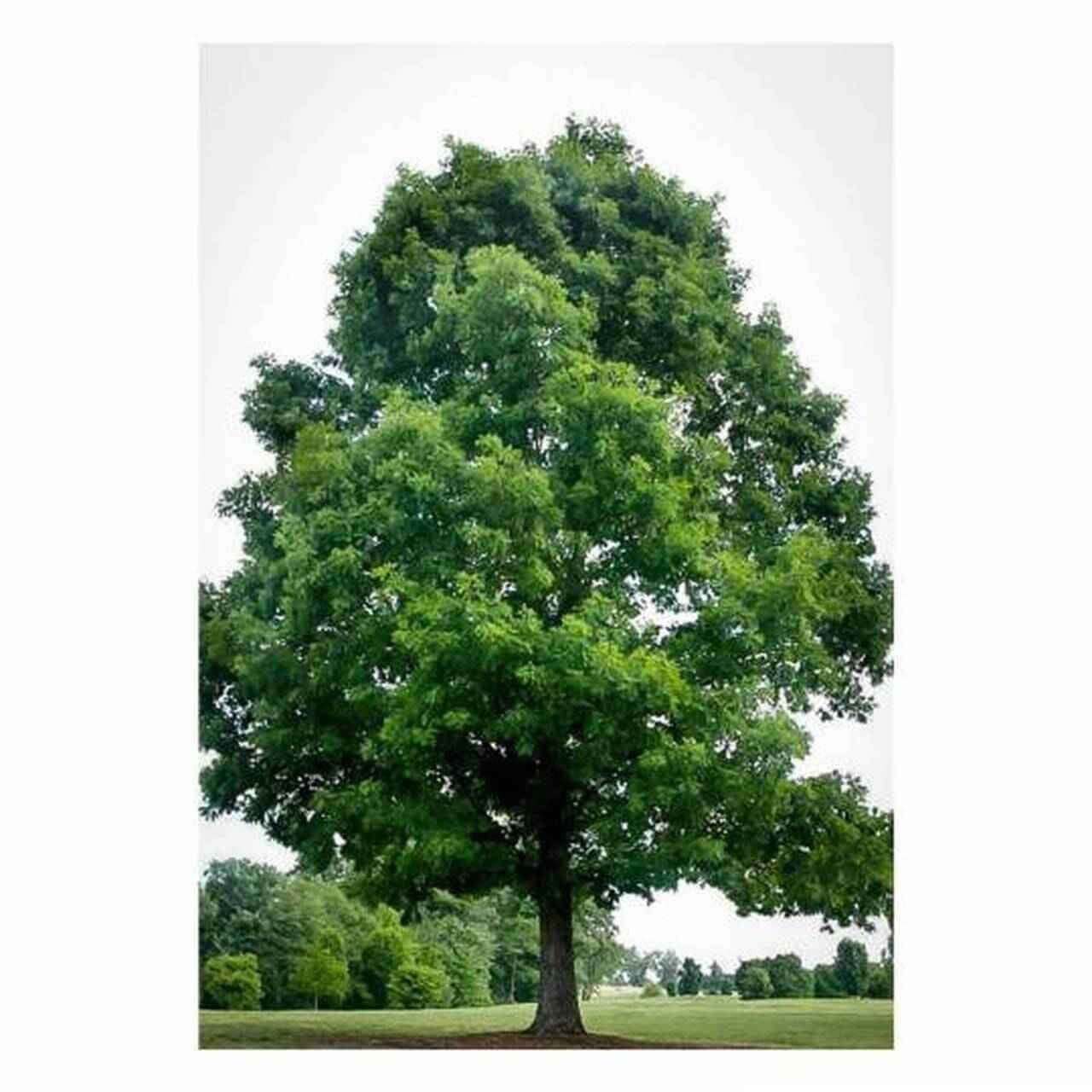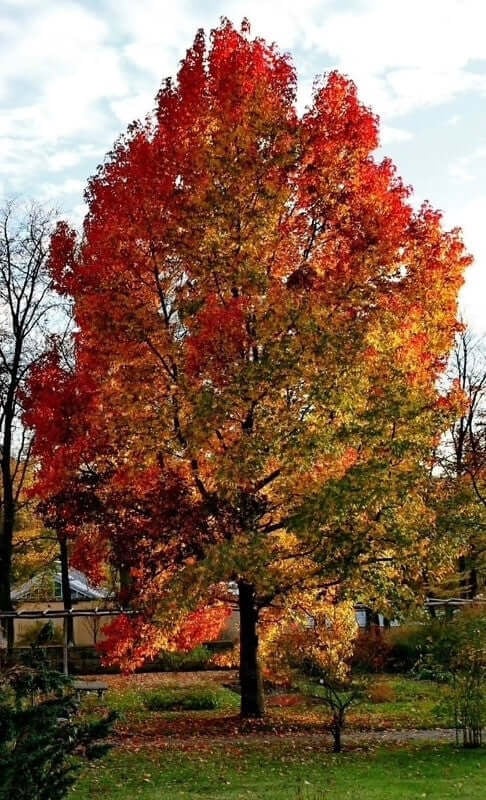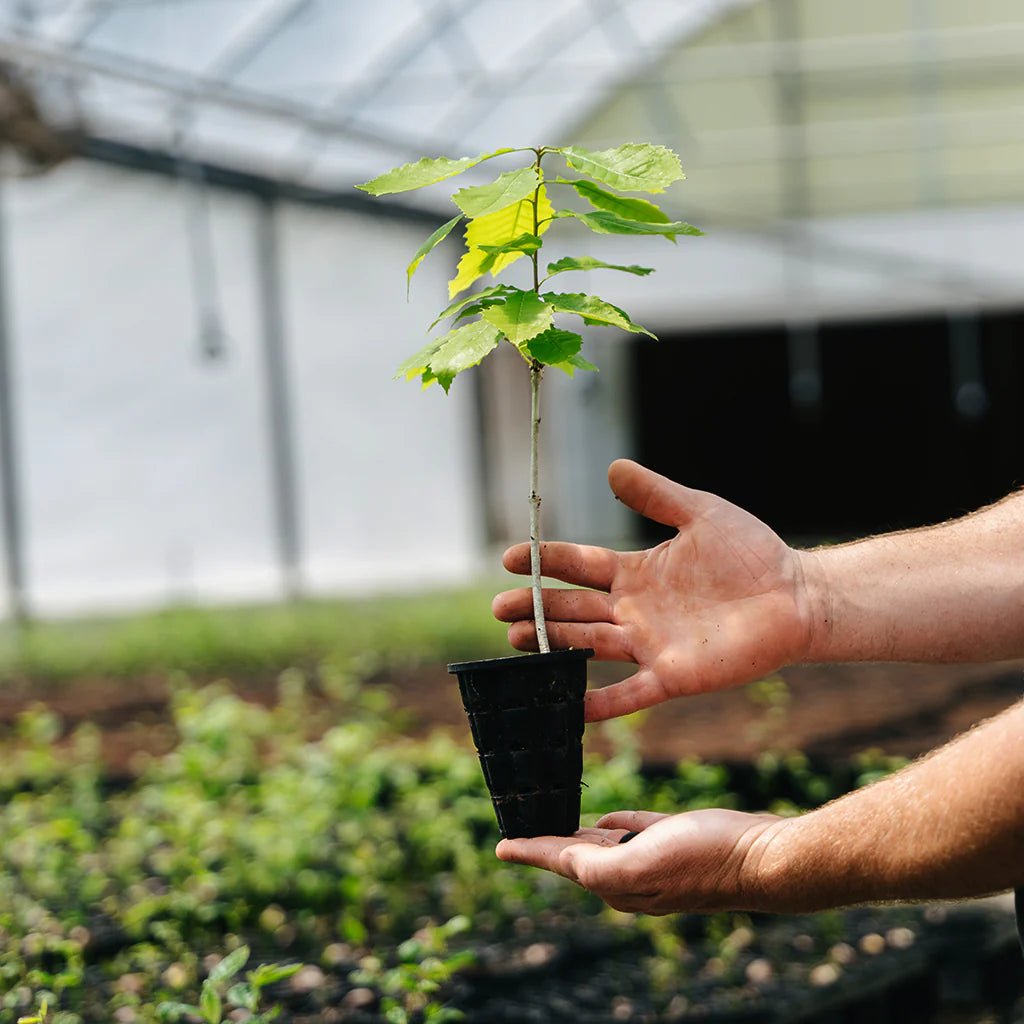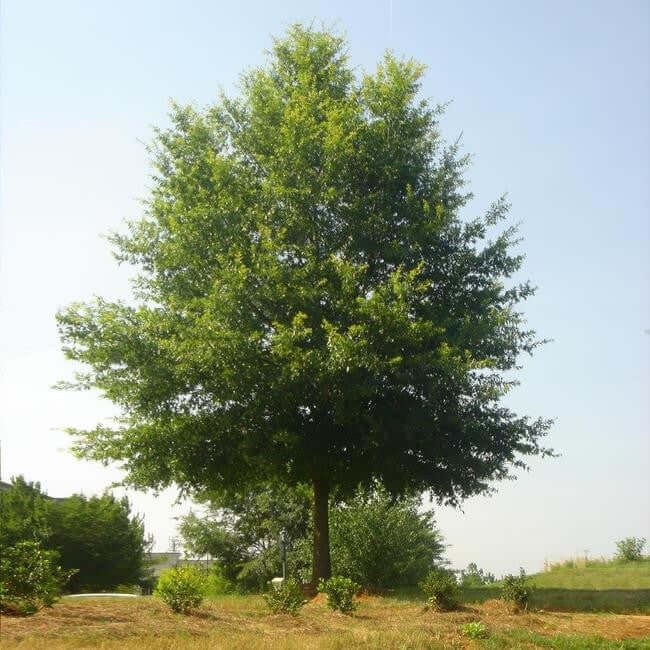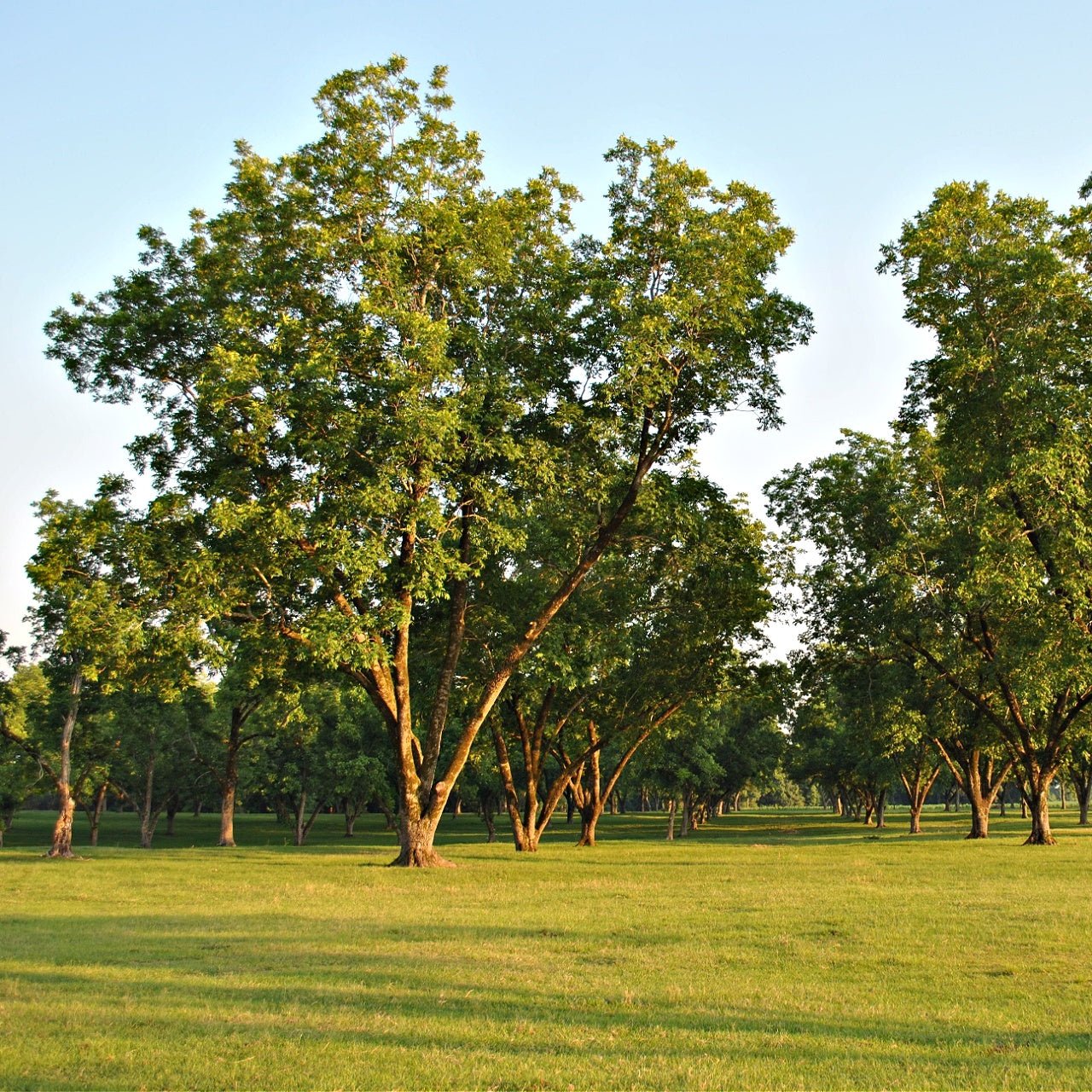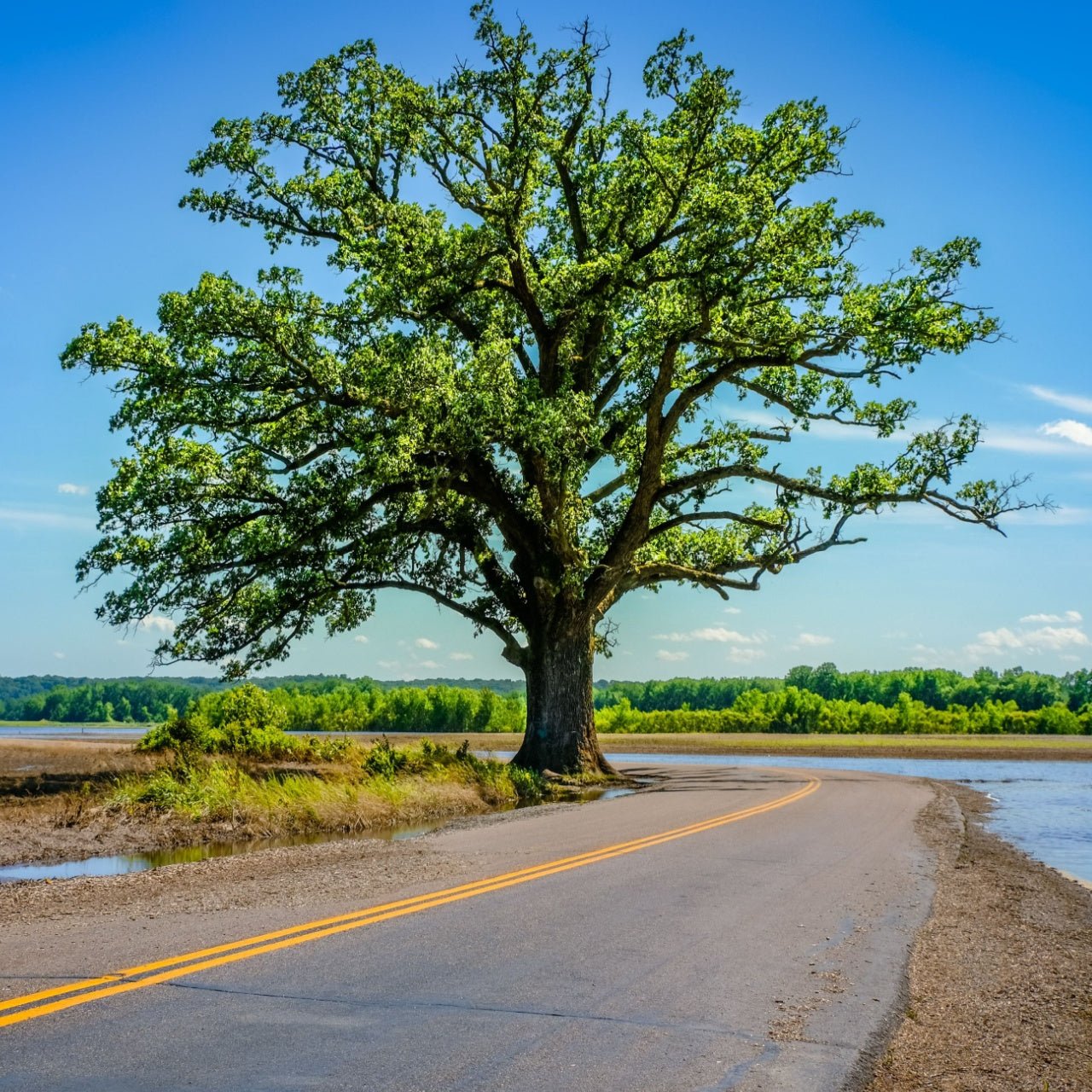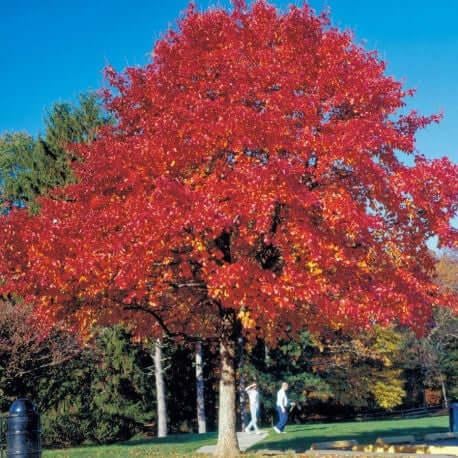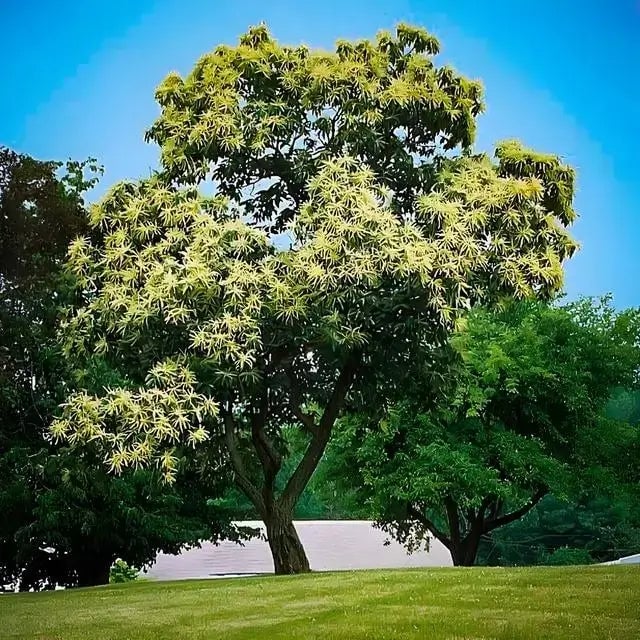Filters
Tree seedlings, also known as saplings, are younger trees that come from seed and are generally under three feet tall. TN Nursery's fantastic selection of saplings for sale will help you furnish your yard with wonder and majesty.
We've served gardeners for three generations and offer wholesale prices on them.
Why Plant Tree Seedlings?
They are an elegant, advantageous addition to your garden for these reasons.
Manageability: The size of saplings makes them more accessible for many gardeners to maintain. You won't have to climb a ladder and fight with a chainsaw to prune the branches. You can reach the treetop without using a ladder at all.
Space savings: Your options are limited if you have a tiny yard. These take up less space due to their size, allowing you to add more to your property.
More privacy: While saplings don't offer the extensive privacy that taller ones do, you still get protection from the surrounding properties, allowing you to relax in peace.
It's fun to grow: Watching them sprout and reach full size is enjoyable for the whole family.
Exploring Your Tree Seedling Options at TN Nursery
TN Nursery's extensive tree seedlings options allow you to plant them according to their bloom color, sun exposure level, or planting zone. Here are some of our customer favorites.
Sourwood
The sourwood is an alluring sapling species with leaves that turn bright red in the autumn. Before that, you can anticipate a spray of white flowers, which will waft their subtle but intoxicating scent every time you're outside.
White Dogwood Seedlings
Another strong selection if you adore white flowers is white dogwood saplings. This stately, enchanting type produces round leaves and beautiful flowers. The leaves transform across seasons, becoming purple or red in the autumn.
White Pine Seedlings
Fill your garden with white pine, an evergreen conifer that grows fast. Even as autumn and winter arrive, the white pine will maintain its tall branches with lush green-blue needles. White pines are excellent for controlling wind in your yard and don't require intensive care.
Redbud Seedlings
The deciduous redbud produces flowers in hues of lavender to pink, despite its name. You'll see those in the spring. From there, its leaves with their enchanting heart shapes will emerge.
Shop at TN Nursery Today For Your Tree Seedlings
For more than 50 years, TN Nursery has served customers nationwide. We offer fast shipping and buy-one-get-one-free deals on many of our plants. We hope you consider joining our family by purchasing tree seedlings!


